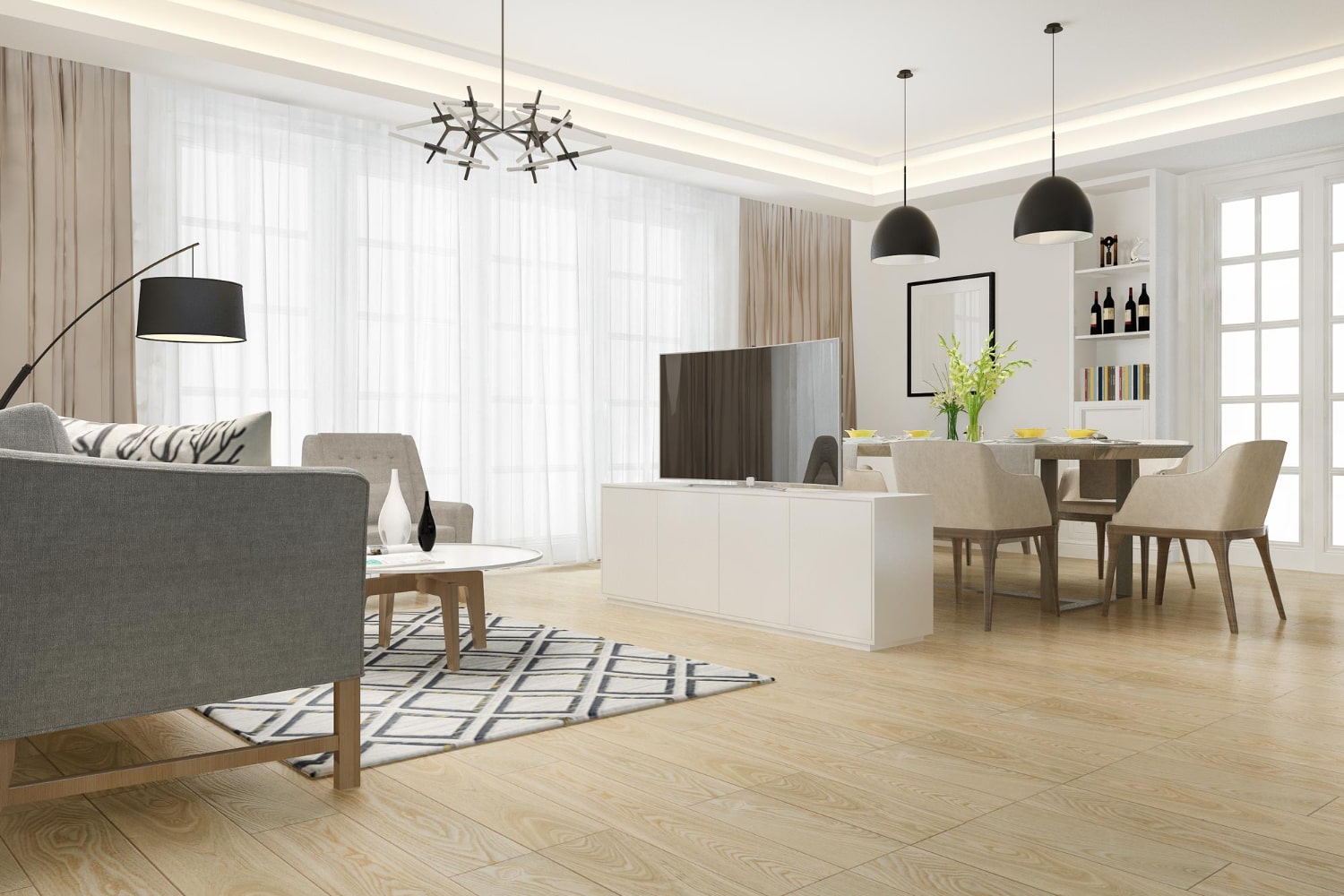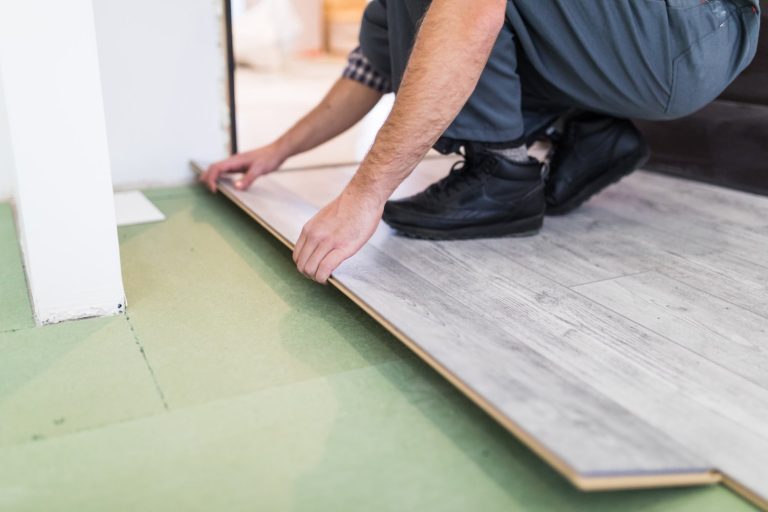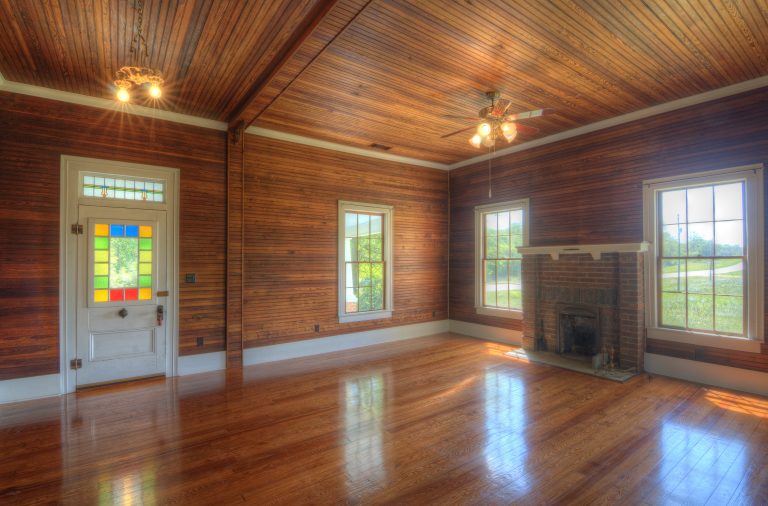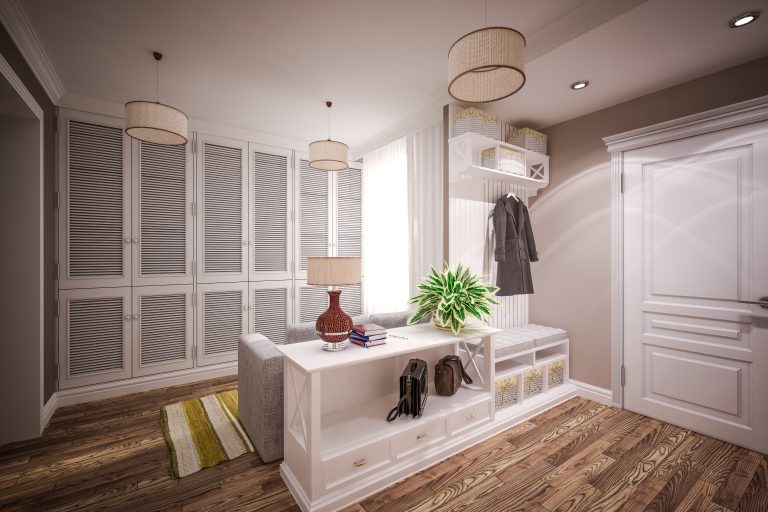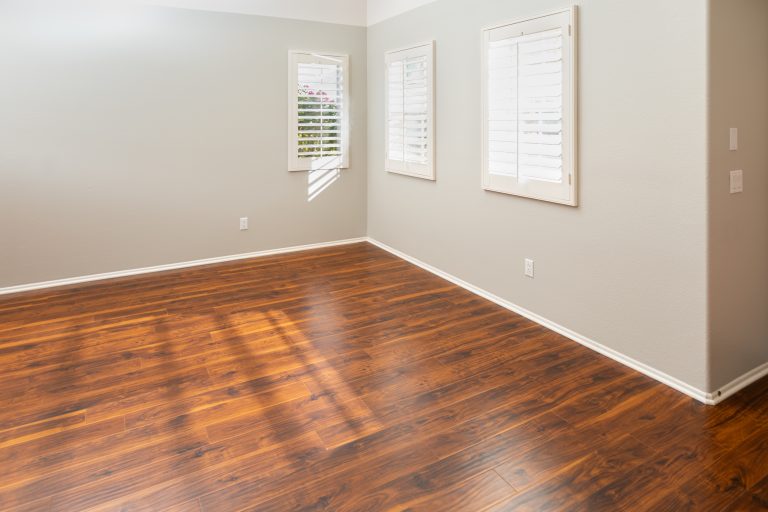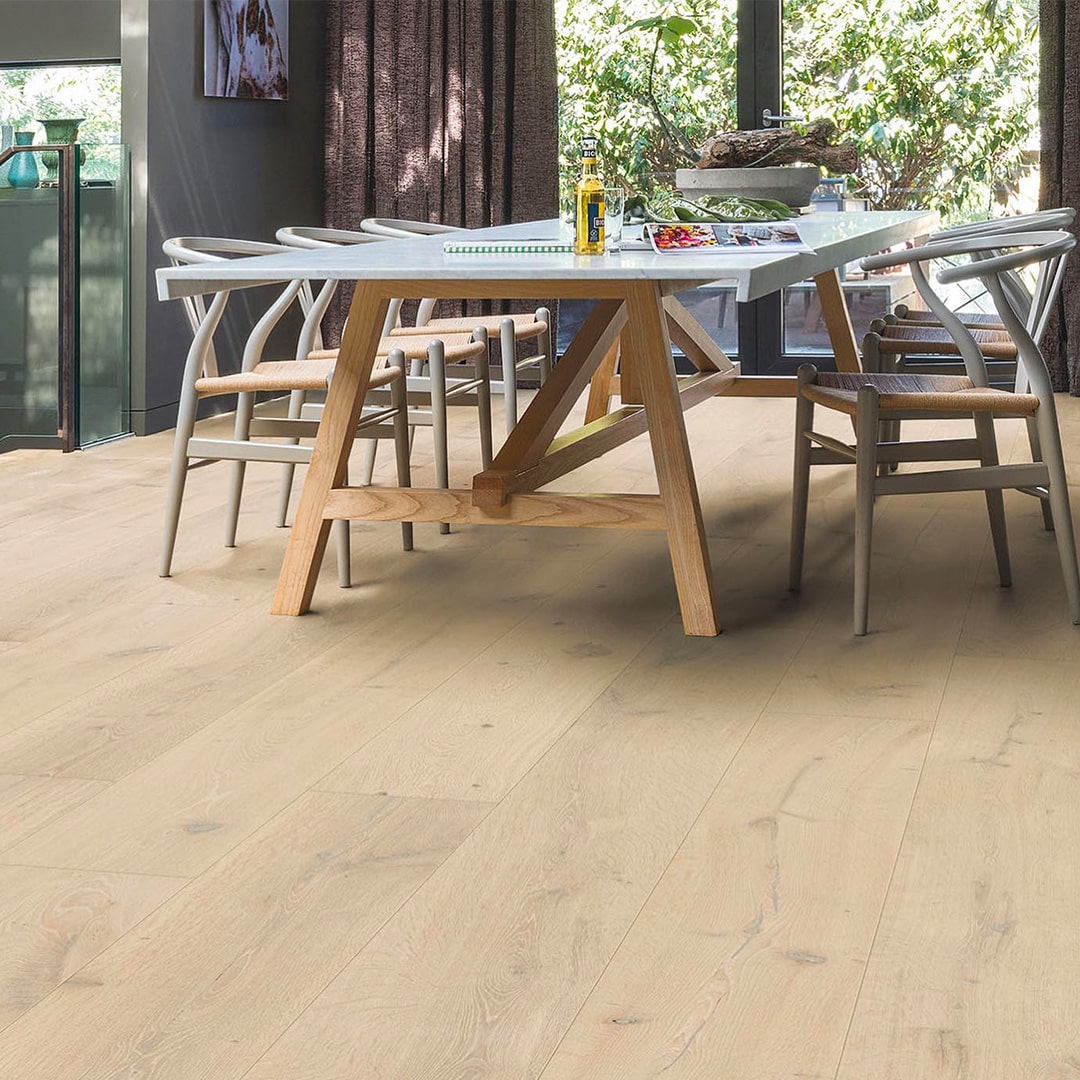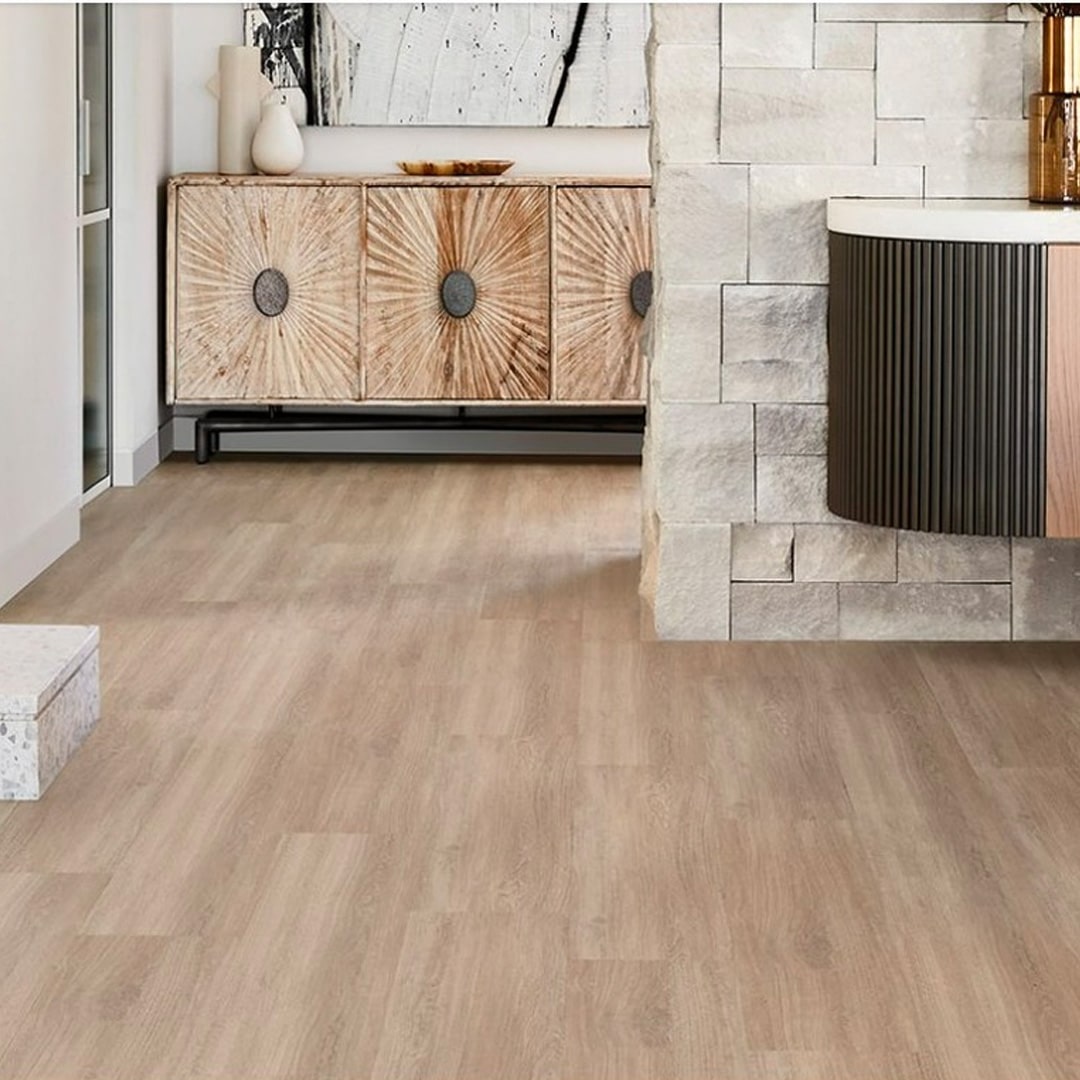Engineered Wood VS Laminate Flooring: What’s the Difference?
When renovating a home or a rental property, it’s hard not to be overwhelmed with the number of choices available. Solid wood floors have been the popular choice among homeowners since the 1980’s, but when you intend to rent your home to a third party (or simply know you and your family put a lot of wear and tear on a floor) it’s difficult to justify the investment in a solid wood floor, which is often difficult to maintain in spill-prone areas like the bathroom and kitchen. In light of the difficulty of cleaning wood floors, alternative flooring materials have assumed the classic look of solid hardwood floors without the same care requirements. Today, let’s take a look at the difference between engineered wood floors and laminate floors.
Engineered Wood Engineered wood floors are becoming a popular choice among property investors for their sleek appearance and resistance to moisture. Some of the benefits of an engineered wood floor include: Authentic look and appearance The top layer of each engineered wood plank is made of real hardwood, giving your home the true look and feel of a home with solid wood planks. Install it Anywhere Unlike solid wood planks, engineered wood floors can be placed in below-ground areas like the basement. You’ll have to clean them regularly to keep the well-maintained, but the visual effect they have on any room is well worth the effort! Longer Lifespan Because engineered wood floors can be sanded down and refinished, they offer a longer life than laminate floors. Depending on the thickness of the authentic wood top layer, the average estimated life cycle for an engineered wood floor is approximately 20-50 years.
Laminate Flooring Although laminate only made up 5% of the 2015 flooring industry’s output, it is still a sample floor covering for rental homes, commercial structures, and apartment complexes. Often mistaken for vinyl, laminate flooring can be purchased in different patterns or solid colors. This variety of design allows homeowners to purchase laminate that appears to be tile, hardwood, parquetry, and more! Some of the features of a laminate floor include: Ease of Installation: Compared to solid and engineered hardwood, laminate flooring is much easier (and faster) to install. That said, a DIY installation should only be done by a homeowner with experience doing home repairs and in-house projects. Affordability Laminate flooring is extremely affordable compared to the average cost of engineered wood flooring. It should be noted, however, that these savings are in part due to the lower life expectancy of a laminate floor, which is usually anywhere from 10 to 30 years.
If you’re a homeowner interested in upgrading the flooring in your personal home, engineered wood is a great decision. On the other hand, property managers and investors should consider laminate flooring because of its balance between affordability, durability, and appearance. If you still have questions about the best type of floor covering for you, contact our flooring experts at 1-300-823-958.

